The regression of the human psyche is proportionate to the advance of technological power.
The digital era has two basic axioms. The first is that information has no form; information technology is a means of disseminating and aggregating data, but data itself belongs to no place or context. Data cannot tell the story; information is uninforming and uninformative. The digital age can therefore have no real culture of its own, no culture in the etymological sense of cultivation and accumulated growth. Things trend or happen online, but nothing settles into lasting place or takes its time to show itself significant. Each day’s frenzy and distraction are as overwhelming unto the day as they are forgettable.
The second axiom is that the Internet is for cat pictures; everyone knows that transmitting images of cute animals is the whole point of it. It remains astounding that pet videos run into the tens of millions of views. That they have their own film festival. That they are used as bait to pull people into political misinformation campaigns. That there are bona fide pet celebrities and pet influencers. That some of them are raking it in, with spin-off merch and copyrighted brand clout all their own. Sifted from the torrent of images that have flooded our screens over the past two decades, this kind of content has emerged as salient, thematic, and abiding, so that — unless your name happens to be Kardashian, 50 Cent, or Milton Friedman — Grumpy Cat and Jiffpom are probably more important to the economy than you are.
Popularity on such a scale suggests that these are not just ephemera of entertainment, but expressions of a deeper need. If the first axiom points to the randomized dispersal of experience into data, the second suggests that we should attend to the way such a dispersal re-conforms into specific patterns, because the more frictionless and unthinking our involvement with media, the more primal our responses to it are likely to be. Technological progress easily spells moral regress to what’s most reassuring or familiar. In Marshall McLuhan’s terms: “When you give people too much information, they instantly resort to pattern recognition.”
We are entering an age in which our needs, taboos, and wishful impulses all bubble up closer to the surface in raw form. And I want to ask, in light of this, just why animals are viral. What are videos of cute pets doing for us, and why have they developed into such a conspicuous feature of our online experience?
Some of it has to do with the fact that we are in the middle of the greatest global pet boom of all ages. Seventy percent of U.S. households own a pet, up from 56 percent in the 1980s — and we are treating them exceedingly well. At any rate, we are spending lots of money on them: Global spending on pets was estimated at $180 billion in 2020 — the United States accounted for well over half of this figure, and its spending on pets has since grown by another 20 percent. (A majority of the pet-industrial complex consists of food and health care for them, though a big whack goes to other kinds of supplies and accessories — Americans spend about half a billion dollars annually on pet Halloween costumes.)
We are also dealing with our pets more humanely — literally, that is: more as if they were “us.” Most American pet owners treat their pets as beloved members of the family, letting them sleep on the bed, buying them birthday presents. Most of us have witnessed pet owners referring to their pet as their “baby” and to themselves as the pet’s “mommy” or “daddy.” Some now resist the term “pet owner,” preferring “parent” or “guardian.” Given that the Internet amplifies our offline interests in wacky and unanticipated ways, it cannot be a surprise if the trend in pets also translates into more online attention for them.
But the reverse explanation should also interest us — that the growing influence of digital technology on our lives in turn causes or affirms some of our interest in our pets. Almost one in five American households went out to adopt a pet during the pandemic. (Pooch followed Zoom — man’s two best friends.) And certainly the pet meme or video is a highly specific artifact, the sort of thing one could not even want to want before online sharing gave us the tools for creating it.
But more than this, I think there is an elective affinity between the Internet and the pet video. Most classical statues depict human or animal forms (rather than trees or inanimate objects), because the art’s challenge consisted in rendering living flesh out of solid stone. Most of the poetry of oral cultures was rhymed or metered, because it was composed to be committed to memory and recited. Just so, pet images are part of the visual language that the Internet selects for, one of its aesthetic imperatives. Pets are an important part of what the net has to say for itself; they are a clue to how we find ourselves now — how we organize our experience, how we figure what we mean.
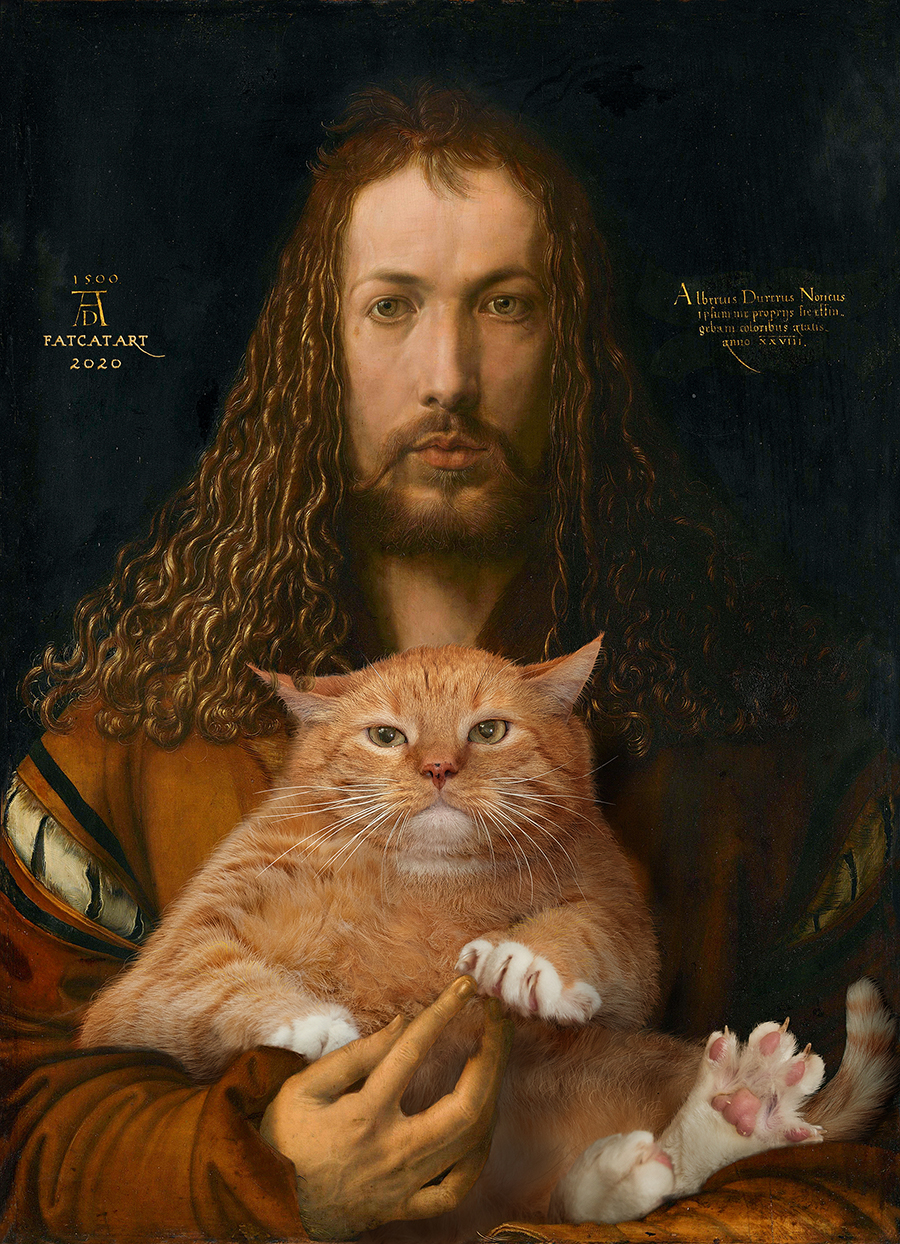
Like any medium, the Internet has an implicit way of reckoning and ranking what is valuable. Things once hard to come by have been cheapened to free (phone calls, many books, and all information that’s wiki-knowable). Whereas what is not a matter of words, what cannot be casually accessed or bought or sold, becomes more valuable to the online economy (attention, travel, food, and whatever count as “experiences”). Even as tourists develop contempt for what is “touristy,” the cybernaut prizes what cannot be readily acquired by click. Our pets become more important to us, to the extent that they are not reducible to data, nor can they be used up in one Instagram adventure.
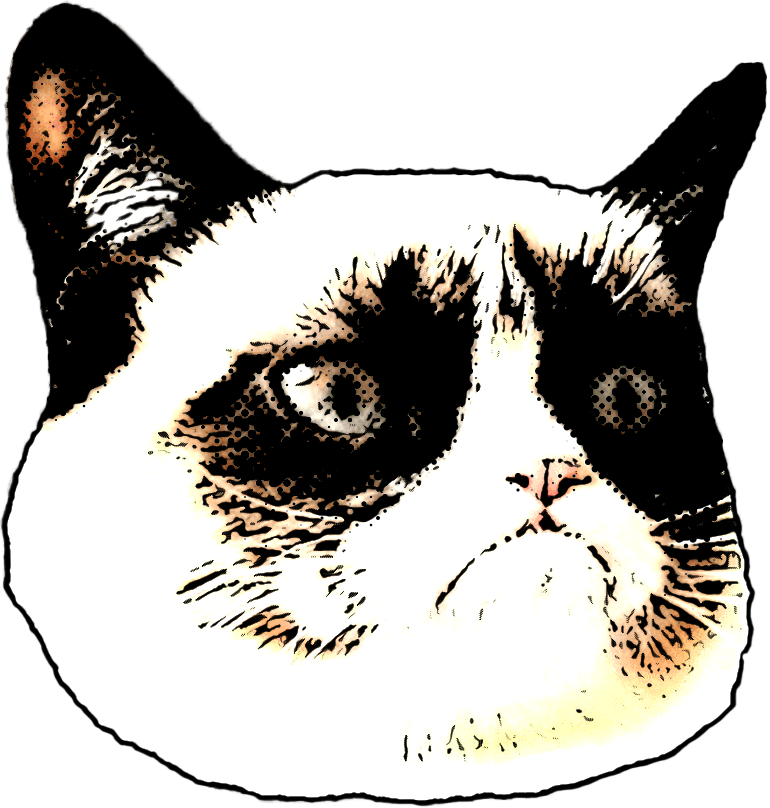
Furthermore, the Internet is the everyplace to which we are drawn by the thrilling and relentless scrutiny of others. To be most viewed is to have most influence; it is what we most desire and dread. But to be “active” online means in some sense to perform for these others — and so to be subject to bottomless analysis as to the fakeness or authenticity of those performances. Pets, on the other hand, have neither style nor persona; they cannot be authentic because they cannot fake it. It was precisely this contrast of manic theatricality with purely animal regardlessness that made the Netflix series Tiger King a hit. And so we turn to pet videos as a reprieve from online experience. They are a flight to innocence from the snark, trolling, sarcasm, drive-by heckling, and heightened self-consciousness that come from our identification of ourselves with online words and profiles. The Internet is other people (as Sartre observed); whatever can escape its permanent ironizing becomes all the more important to us.
There is also the fact that the Internet is for everyone; it is a DIY, open-sourced, participatory medium. The content and aesthetic of most shared videos naturally gravitates toward the homespun mundane, what’s most real because it feels closest to home. The three most common candidates for online footage of the “authentic naïve” are therefore those innocents that we happen to keep around: toddlers, cats, and dogs. Like children, pets are of international interest; their popularity escapes the barriers of culture and language. And like children, pets are images of absorption, of the rapture of abandon and self-forgetting, of surrendering the burdens of self-awareness, of being unabashedly oneself.
Toddlers deserve their own essay; the appeal of little humans abumble and agoo is not hard to see. But toddler videos nonetheless elicit suspicious questions: Does this kid know? And has the parent put this kid up to it? The purity of kiddie consciousness is already in question. What’s more, online children have a vaguely tragic air about them: We are largely responsible for what they say or do, as well as for the world they will inherit. On the other hand, we love watching animals, and pets in particular, because they are altogether outside our life while sharing it, because they have no word for “Internet,” because they do not see themselves in the online mirror, because they are not trapped inside the web into which we spin the better part of our days.
Cats have been especially popular because they are an apt picture of how we ourselves are online: curious and detached, observant and aloof. Cat is a loner and voyeur, and so our images of him are often about the act of looking itself, about the fact that he concentrates his intelligent attention on us — studying us with his wild or crazy eyes. Many memes emphasize the solitary intensity of these laser looks, and so the fact that we are watching cats watching us, and so the fact that the Internet is a place of asocial looking. Just as there are many memes of owls with large and fierce eyes, so there are many memes of hacker cats “working” on laptops or computers. Memes of “Ceiling Cat” and “Basement Cat” play on the sense that, like God and the devil, you always have a critical pair of eyes intently trained on your every act.
Cats are also (proverbially) independent and unresponsive to command, so that seeing footage of them taking spasmodic action is at once interesting and likely to be the right length for a clip. Cat bides her time, and then pounces out of nowhere. To film her is an achievement, since she will not play ball. Sometimes cat is mean, in the way that we ourselves may be mean online — an image of the calculated, sudden swipe. A popular YouTube video shows a cat inching a glass cup toward a table’s edge. We hear a young woman’s voice in the background pleading with him — no-no-no-no-no! The cat pauses a moment to direct a deadpan look squarely at the camera, before daintily knocking the glass off the table. Cat has long been caricatured as the pet of the supervillain, cool unto contempt, planning for a “caturday” of world domination. The 2013 Foreign Policy article “14 Hairless Cats That Look Like Vladimir Putin” was a very apposite visual pun. But the joke is on the fact that cat’s gaze can simulate withering contempt without offering the threat of real judgment. It is we who tag the caption to his curiosity, we who make a Rorschach of our fuzzy chonker, our purring loaf.
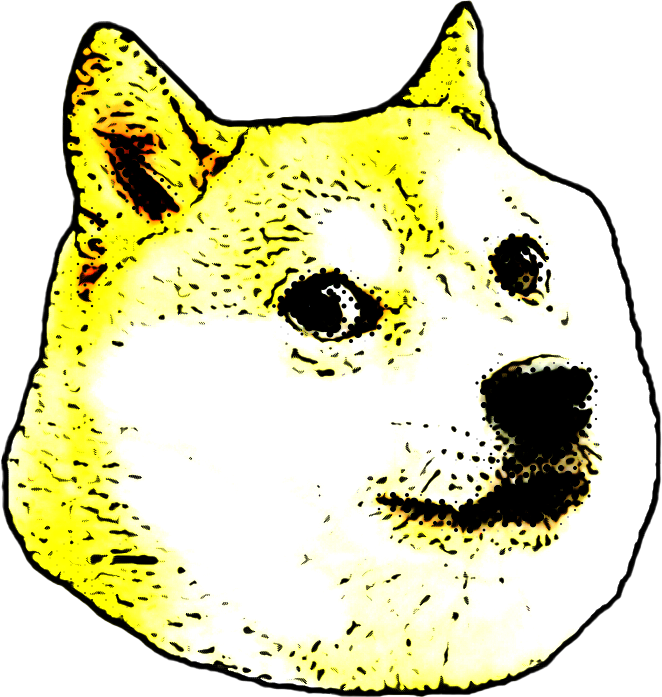
Whereas images of cat locate him at the threshold of our meaning (looking in on us), images of dog place him in more intimate, familiar contact with our world. Dog is a ham; we see him smiling or, like Denver the Guilty Dog, cringing in an attitude that is at once innocent and responsive to the theatrical role he knows he’s meant to play. Many videos of dogs show them engaged in some form of human buffoonery — playing peekaboo with a hilarious baby, baying cacophonously to music, or slouching upright to watch TV on the couch. Dog is often depicted wearing glasses or chilling in attire: “Menswear Dog” (a Shiba Inu named Bodhi) has made a whole career of it. Images of cat in costume play on the affront of it — the scowling kitty-pirate — whereas images of dog in costume are images of forbearance: dog will endure, if only it please your ownership. If cat is a cartoon of cool hyperjudgment (“nope”), dog is warmly uncritical (“can I?”). If we watch the one playing, the other wants to play with us. If, conversely, cat is voyeur to us, it is we who survey dog: our slob, our messy friend.
We like to watch dogs doing their doggy things — tongue lolling in the wind as they stick their head out the car window (mlem), their exuberance for bounding rampantly into mud, for galumphing anywhere their ohboy-ohboy retrieving interest happens to take them: many dog videos are bloopers borne of rumpus over-frolic. Dog enjoys an unabashed and uninhibited relationship to her body and her appetites: she seems periodically amazed at her own tail’s wagging enthusiasm. What she does on camera is often gross and naughty — the simple pleasures of nuzzling, rolling in the grass, digging a hole, trying to bite off the gush from a garden hose, or eating trash — but also goofy and well-meant. She will put up with it all for a tummy rub and treat. As such, she stands in stark contrast to our own disembodied and cerebral experience of being online. Dog online is loyalty personified, affection unconditional. Have you watched those YouTube compilations of dogs welcoming their veteran owners home from the front? I defy you to do so with dry eyes.
While cat and dog have contrasting characters, the online celebrity of both depends on their being cute. Like “camp” or “hip” or “cool” or any matter of style, it is hard to pin “cute” down to definition. And cuteness extends over a much wider online area than just pet videos (from Hello Kitty to Mickey Mouse to baby Yoda). But the cuteness of pets online involves at least two features.
The first is that cats and dogs are fuzzy — they are creatures that (like hedgehogs, small owls, chinchillas, and other online icons) have heightened tactile meaning for us. The Internet is, by contrast, a place of intangible gawking; touch is one of the senses that it cannot fully engage. We manipulate our keyboards and phones, but their surfaces are designed to mirror-smooth neutrality; interface lacks texture. To show us an image of what we could pet while putting it out of reach is part of what draws us in. Because they are furry and because we cannot speak to them in words alone, pets especially evoke a relationship of touch (the double sense of “pet” itself). They tantalize us with a way of connecting with others that has no place in screens. Their images are hallucinations of an intimacy that’s enticing in its very absence, a sort of pornography of fingertips. It is no accident that fluffy, spongy animals are especially popular online (Persians, Maine Coons, Pugs, Pomeranians, and mop dogs like Mark Zuckerberg’s own Beast), or that so many memes show pets lounging in vulnerable attitudes, available to us without a care — it feels as if you could just reach out to pinch the corgi’s bottom, or to cuddle kitten at arm’s length. Pet images create a sensation.
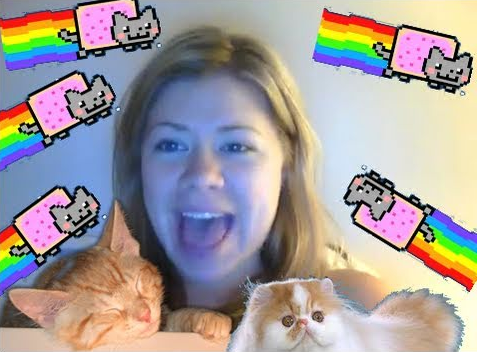
The second feature is that the cuteness of pets stems from their helplessness and harmlessness, from the sense that they put us at our ease, that they are utterly safe for us. The success of Maru, a cat whose videos reach tens of millions of views, comes basically from her aptitude for nestling tightly into boxes, of conveying a sense of snug containment. And so the other face of the nasty Internet — the dark Internet of terrorist beheadings, Russian bots, and Nazi pedophile ex-boyfriends, the Internet of the unforgiving, trolling glare of the public eye — is the Internet of “totes adorbs” (totally adorable), the Internet of “pewtie pie” (rhymes with “cutie”) and “terminally twee.” (In some cases, as in that of the Swedish YouTube celebrity known as PewDiePie himself, they turn out to be Janus faces of one and the same person.) It is not quite right to say, for online purposes, that we are treating animals more like people. Rather, we are treating them more like children.
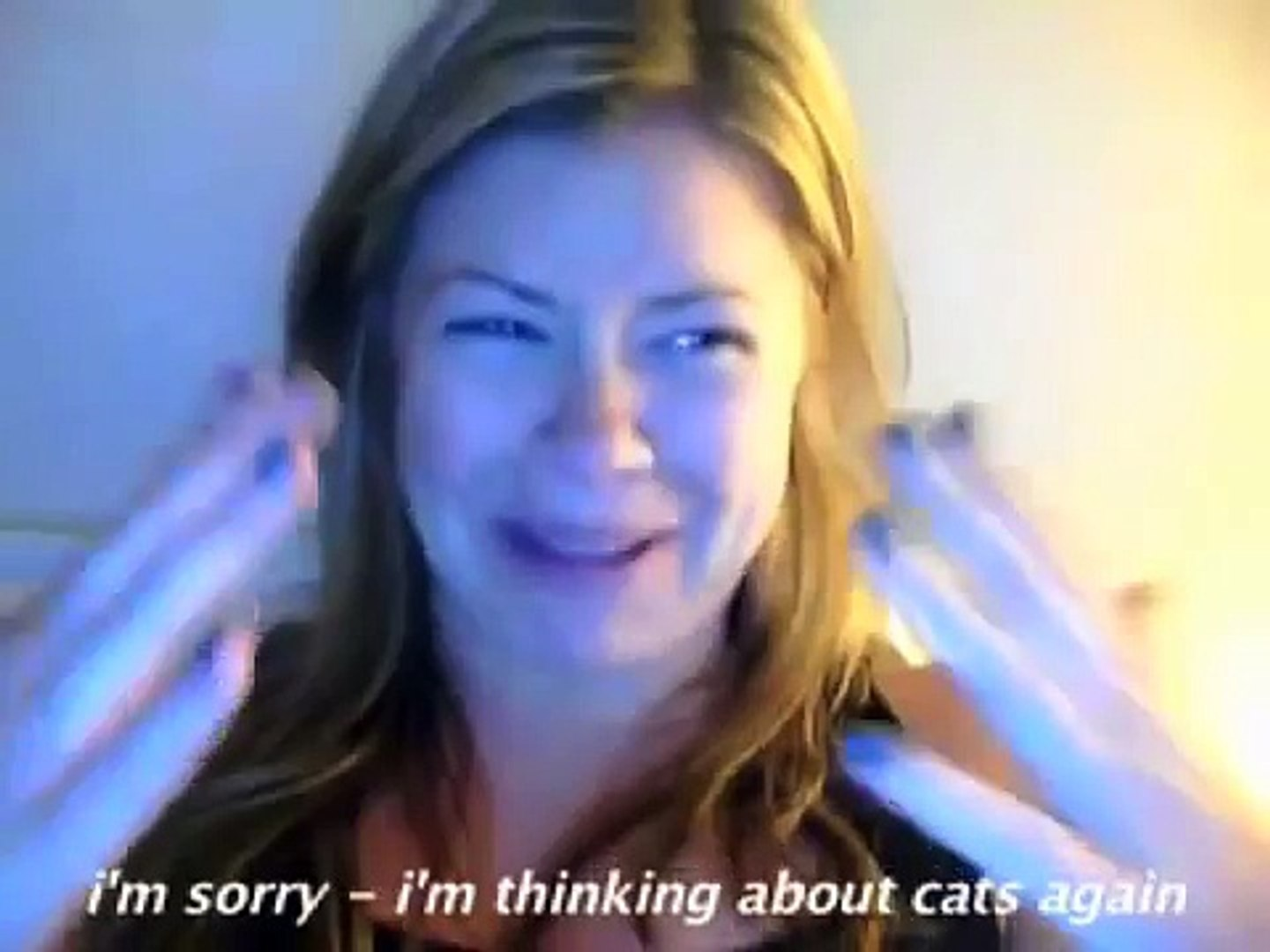
Many have noticed that our fondness for cats has something to do with their resemblance to babies. Their large eyes and panda cheeks resemble those of human infants; their weight is similar, and cat’s meow may sound a lot like baby’s wail (which makes it viscerally harder to ignore). The resemblance might also help account for the recent popularity of certain dog breeds. The French bulldog in particular has quickly risen to being the second most popular breed in the United States; it is arguably trending because — like the pug — its bug eyes, flat face, and expressive brow resemble human features, which make for good photo-cute. More than ordinary anthropomorphism, what is important to the dialect of these captioned images is the sense that they represent a version of our life transposed into the key of childhood, into a cotton-candy world without sharp edges. The deliberate misspellings and low-culture solecisms that make up part of the language of this captioning — in the “I can has cheezburger” or “I made you a cookie … but I eated it” vein — are its fur-baby slang, its surrender of adult proprieties to the hang-loose caszh of textspeak.
Cute pretends to be a kind of seriousness that we do not have to take seriously — it is the miniaturization of our meanings projected onto the pageantry of pets. Adult worries are shrunk down to manageable size, which allows us to suspend the weight of our own concerns. Deadpan impassivity is part of the attraction of cats in particular: Grumpy Cat, Keyboard Cat, Colonel Meow, Henri the Existentialist Cat are cute because their frowning earnestness seems to presume some higher dignity, even as their Very Important projects are (like the solemn gestures we find endearing in children) no big deal. Cat takes himself most seriously, and so to watch him fall or startle at a cucumber is a funnier failure than watching dog. “Thug Life” videos of dogs and cats play on this same absence of menace. They depict animals acting tough and cool — the joke is that they don’t and can’t mean any harm. Likewise, a surprising number of dog memes depict them as pundits or politicians, contrasting their puppy-eyed honesty to that of their human counterparts: “Finally, world leaders we can actually trust,” states a meme that shows a U.N. General Assembly of dachshund delegates.
It goes without saying that this online cute makes up a human idiom; it is a way we communicate reassurance to each other. It accordingly bears but a tenuous relationship to our animals themselves. Cutification may prove harmful to them in straightforward ways, as when we transfer our human preferences for food to them: pet diabetes is on the rise, and there may be reason to think that some boutique grain-free pet food may be hurting them. But sentimentality of all sorts — from Hallmark kitsch to the rosy tints of political nostalgia — is a sign of a simplified reality, a narcotic that appeals to us to the extent that it can block deeper responsibilities from coming into view. Dogs and cats are undoubtedly friendly to us as species; but there are millions of them, and, like people, many of them do not answer to the online fantasy of the good boy or the purrfect princess (why should they?). Just as we swing between our play feline fantasies of fur baby and hypercarnivore, we alternate more seriously between canine fantasies of heckin’ good woofers, on the one hand, and mean curs that viciously may “turn” on us for no reason, on the other. The pit bull, Rottweiler, and Doberman have long been stigmatized in this way; writers like Bronwen Dickey and Vicki Hearne have shown how these fears have served as more socially acceptable proxies for fears about the other side of the tracks. But even if some of these breeds are being rehabilitated for online purposes — take Larry and Fifty, for instance, two famous online pit bulls — their rehabilitation turns on showing that they too may be as sweetly inoffensive as any other pupperino, rather than that their excellence may lie elsewhere — say, in their capacity for work.
Because the opposite of cute is to come across as scary; the terms of cuteness dictate that a pet must never appear in an attitude overtly aggressive or sexual. Most of our pets have been sterilized (both literally and in our notions of how they should behave), and I have not seen any viral videos of bomb-sniffing or police or hunting or even Seeing Eye dogs going about their tasks. It is not cute to train a dog for serious work — training entails disciplined correction, and matters of real consequence are at risk — which may also help account for why horses are not an important part of viral content. That is, even as we put pets up on the pedestal of cute, our idolatry is also a sign that we are, in another way, taking them less seriously. By making human meaning miniature, cute also belittles by keeping under control: we have turned first-rate dogs into second-rate humanoids. Older stories about pets (like Old Yeller or Lassie) imagine them as capable of heroic feats of heart — they are stories of trust and communication across worlds — whereas the best a merely cute pet can aspire to is to some version of the pathetic fallacy, a diminished version of human respectability defanged and declawed.
Jiffpom, the most popular Internet pet of all, is a sort of walking apotheosis of peak cute. As a costumed Pomeranian possessed of the, um, remarkable ability for bipedal gait, he looks like a stuffed wind-up doll, a Stepford dog mono-programmed to a glassy-eyed, medicated McGrin. Part of Jiffpom’s schtick is that his owner is not in the picture — you will find Jiff variously described online as an “actor,” a “model,” and a “media personality,” who keeps his busy schedule with the help of his “agent.” The-artist-known-as-Jiffpom is an autonomous toy dog unto himself. But it is also impossible to escape the sense that this is a wee beastie with no will of its own, except to be wheeled out as an itinerant Instagram-op, an emoji made flesh, a canis ex machina summoned into being by our aggregated frenzy for the #cutelife.
The meaning of our pets is changing on the whole. Domestic animals once had working roles as hunters of mice, guardians, shepherds, or watchdogs — roles that were subordinate to ours but unambiguously their own. When I was growing up in rural Mexico, it was regarded as insulting to give a pet a human name, to refer to someone as a dog or cat, or to indicate a person’s height by gesturing yea-high with the palm of a hand facing down (a gesture reserved for indicating the size of cattle and other animals). Pets were beloved, but they were largely kept outside: they inhabited a realm apart. This is still the case on working ranches and on farms.
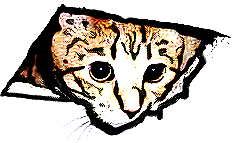
But as more of us throughout the world have gained a foothold in middle-class comfort, and as more have shifted to the isolation of urban living, it’s clear that the main purpose of our pets has shifted from work to play, and from helper to companion. To the extent that “nature” becomes something alien and outside us, a region labeled as what exists in contrast to our lives, our pets serve as a way of keeping in touch with it. These animals are no longer expected to do anything in particular, so much as to be something for us — we no longer see them as occupying their own sphere, but as embodying a version of the creatureliness that we ourselves have lost, and as answering to our aggravated need for it.
It is for this reason that we do not expect dogs to be highly trained, beyond the basics and the odd little trick — training dogs seems to us unnatural, an enslavement of dog’s true nature (as if dog’s true nature were something wild, something independent from human culture). Nor can it be surprising if an increasing number of people find contact with companion animals therapeutic. They discover in animals the warmth and coherence that is lacking from highly industrialized societies, and from life online.
Our need to transform pets into children or friends also suggests the ways in which our conception of ourselves is changing in the Internet age. “Neither beast nor god” was one of Aristotle’s characterizations of human beings; “neither pet nor algorithm” is our updated version. Our myths about (other) animals have always also been myths about ourselves; animals are our foil and our most important mirror. But the question of this particular age, the pressure of its chief anxiety, is what “the human factor” is — what it is that dignifies us with a purpose that cannot be simulated by technical means, that cannot be faked or made or sold. The thing that had long seemed to be most special about us, our sapiens smarts, is being for the first time far outstripped by the capacity of our own digital artifice.
More than just helping to define one pole of our dualism, pets have therefore become more important to the extent that we find in them the human remainder, the part of us that is “poor, bare, forked animal” underneath the chatter and device, the part that resists reduction to coded input, that cannot be satisfied by the logic of algorithms, controlled self-interest, voluntary transaction, and cerebral calculation that characterizes the time we spend online. In contrast to the world of cool perfection in which we may behold all without being touched, animal videos are empathy feelers; they offer us back the contact with the warmth of offline heart. Most coverage of how “smart” animals really are, contrarywise, focuses on our amazed condescension that they are capable of very narrow forms of instrumental reasoning. (The octopus can open a pickle jar! The chicken can recognize shapes!) What else are we doing here than congratulating them for approximating a robot or an algorithm? To anyone with eyes to see, a dog playing catch bespeaks a much more personal and more generous form of intelligence than any kind of means-ends problem-solving.
No book describes the close relationship between the technological age and animals better than Philip K. Dick’s Do Androids Dream of Electric Sheep? — the 1968 sci-fi novel that became the basis for Blade Runner. The setting for the story is a dystopian future, in which most people have abandoned the Earth after a catastrophe; the protagonist, Rick Deckard, is a bounty hunter tasked with eliminating androids, robots pretending to be real humans. Whereas this particular issue has become the familiar concern of Ex Machina, Ghost in the Shell, and Westworld, the other half of the story is about the desperate sentimentality that people display toward animals. In a world in which industry and nuclear war have devastated the natural world, the human protagonists yearn to possess or to be in touch with any animal at all — it is not only mammals that are cherished, but toads and crickets and spiders. What is most telling about this world is that it is animal pain that has become the measure of humanity: in order to assess whether someone is a human or an automaton, Deckard’s test consists of measuring his or her response to images of animal suffering. He asks them to picture, say, a calf-skin wallet and then registers the speed of their neurological recoil (immediate and visceral for human beings, simulated and lagging for androids). “Every worm and wood louse is considered more desirable than all of us put together,” one android complains, shortly before being terminated. It has a point.
The scenario is true to ours. The suffering of animals motivates near-unanimous viral sympathy, certainly more so than many acts of human-on-human violence do. Witness the torrid rage leveled at the man who shot a dog in Washington, D.C. in 2018; at the Florida high school that had the bright idea of renting a tiger for its prom; and at Walter Palmer, the Minnesota dentist who killed Cecil the lion in Zimbabwe on a trophy hunt. Coverage of the devastating Australian bushfires in recent years has centrally focused on how many animals have been killed by them. Similarly, dogs and cats who have suffered in some way occupy an outsize place in our online bestiary: Lentil (a puppy born with a cleft palate), Fifty (the two-legged pit bull), Princess Monster Truck (the Persian with a disformed jaw), Sir Stuffington (the one-eyed pirate cat), Grumpy Cat and Lil BUB (cats born with dwarfism), Sadie Tripawd (yep). The Internet is populated with damaged, once-mistreated, and disfigured animals, animals whose claim to fame rests squarely on their sheer cockeyed, mangled, loveable weirdness. (The steadily rising popularity of the World’s Ugliest Dog contest in recent years is part of the same trend.) The cuteness of these pets manqués is seen in specific connection with the fact that they have suffered, and that their suffering may now be redeemed through online visibility — whether by “raising awareness” for other animals in similar plight (which is what many of these pets claim to do in their profiles) or simply by being cheered on for survival, for being perfect in their very imperfection.
The fact is that animal suffering has now come to be our most vivid picture of heartbreaking suffering, a picture of what is maximally evil, because it is beyond politics and rationalization, beyond any human power of meaning, and so beyond what animals have any way of knowing. As such, we attribute to animal suffering transcendent significance; it is a limit case that organizes the tacit, secular theology of the Anthropocene. The Internet is not the only cause of this sensitivity — animal activism predates the web, and “torturing puppies” has long been a byword for evil — but it undoubtedly responds to and exacerbates it.
What seems to matter most to us, after all, is not just the suffering of animals per se, but the public visibility of it, especially in cases that are not systematic and can be traced immediately to individuals. While we cosset our rescued pets with gluten-free food and days at the doggy spa, it remains the case that we oversee mass extinctions of other species, and continue to eat animals that endure degrading, even gruesome, industrial conditions. Out of web is out of mind: The Internet allows us to vent our environmental angst fitfully on scapegoats on display, even as our escalation is itself a symptom of our deeper impotence and ineffectiveness.
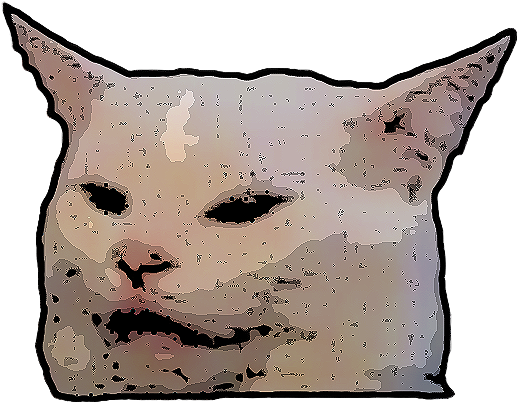
But whether or not animals can experience the sort of pain we attribute to them, the point is that we are identifying with them more, that we find the purest expression of our pain in theirs, and thus that our vision of them — whether in caged despair or in silent, wild innocence — is increasingly inseparable from our vision of what is human and humane as such. Our animal stories are human-interest stories. After the 2015 Paris terrorist attacks, broadcaster Kay Burley posted a picture of a golden retriever with the controverted caption: “sadness in his eyes.” I’ve likewise seen a few dozen articles these past months covering the bathetic straits of pets in Ukraine, including a photo series in the Atlantic titled “Animals Can Be Refugees Too.” These are intended to be pictures of a grief that could be seen to beggar speech, precisely by allowing us to take the dog’s-eye view of it. We see animals online and we feel for them; but in doing so we also see and feel for ourselves.
The attraction of pets online is that they seem to offer us an ideal of humanity that the Internet cannot attain on its own terms. But the final twist is that these videos keep us clicking nonetheless: The net loops us back in with the promise of its own antidote, with the simulated taste of how good it feels to be elsewhere than itself. And so we are once again tangled up in the web of sharing, buying, and performing that we had set out to avoid. We keep looking at them, looking at us, looking for ourselves and what’s lost from view by being here.
Exhausted by science and tech debates that go nowhere?